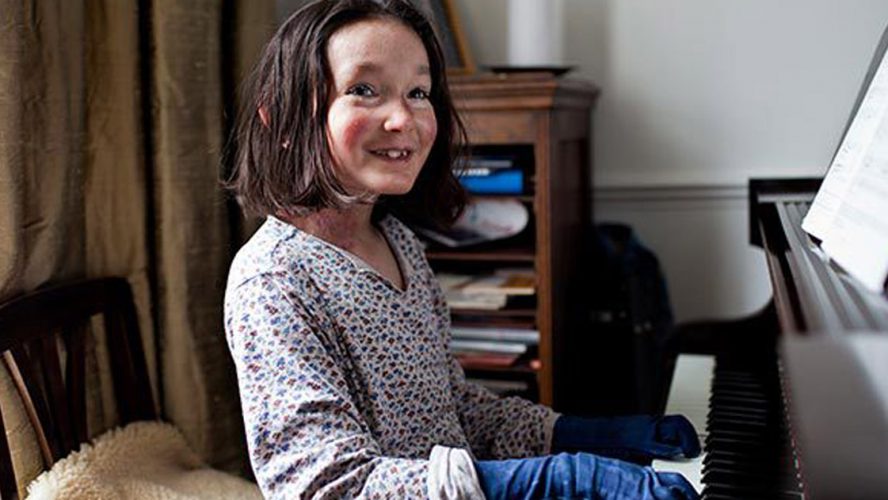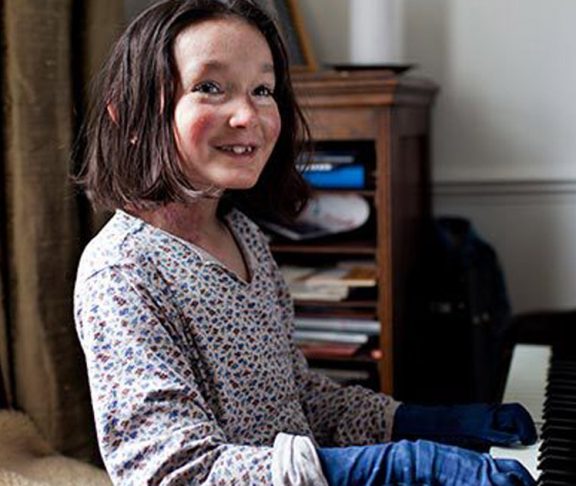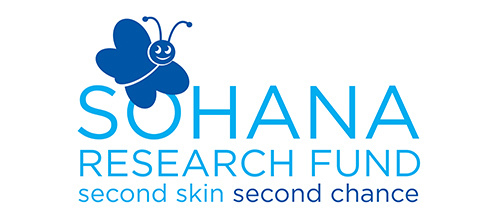Thousands of parents each year experience the unimaginable anxiety of learning their child has a rare disease. It’s essential that families provided with the right practical and emotional support as they come to terms with the reality of their situation.
A rare condition with a dedicated support system
For children born with the rare genetic skin condition, Epidermolysis Bullosa (EB), that support is provided by a team of specialist nurses who are ready to travel to patients across the country as and when they are needed. “Most cases are diagnosed at birth,” explains John McGrath, Professor of Molecular Dermatology at Kings College London. “It often has the most devastating impact on what should be the happiest time in someone’s life, but we are fortunate enough to have the most amazing support in place.”
Most hospitals wouldn’t of seen Epidermolysis Bullosa (EB)
Most hospitals will only see one case of EB every seven or so years at most, so the team of specially trained nurses are vital in supporting families practically and emotionally. They educate parents on the condition, show them how to care for their child, put them in touch with patient groups and simply offer a listening ear or a shoulder to cry on.
EB is a term that actually refers to a whole collection of skin conditions that affect about half a million people world-wide and roughly 8,000 in the UK. Children diagnosed with the condition are often known as ‘butterfly children’ due to the fragility of their skin. In its mildest form, EB may cause a little blistering or flaky skin, but at its worst it can lead to open wounds, mutilation of hands and damage to internal organs that can be often fatal or severely life-limiting.
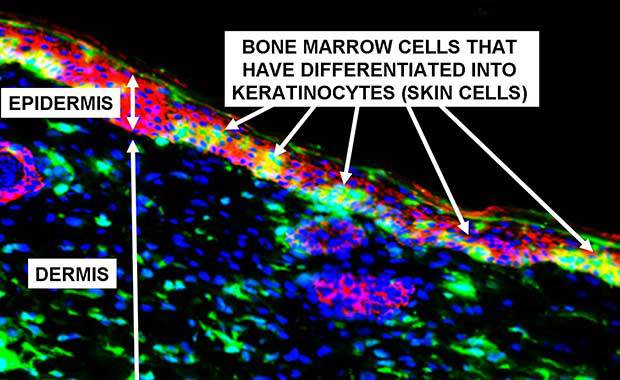
In its mildest form, EB may cause a blistering or flaky skin, but at its worst it can lead to open wounds, mutilation and damage to internal organs.
Hours of at-home treatment can take its toll
Without a licensed treatment, all many patients can do is control their symptoms. This often involves a very extensive daily routine of changing wound dressings to protect the skin and prevent further damage. Depending on the severity of the condition, the whole process can take up to four hours for some patients. The toll it takes on everyone is harsh, which is why support from both specialist nurses and other patient families is essential.
There will be no miracle cure for EB in the immediate future, but encouraging advances in gene and cell therapy offer very real promise of treatments. “A team at Stanford University in California have just conducted some successful clinical trials in gene therapy of the outer skin cells,” explains Prof. McGrath. “We’re running clinical trials for cell therapy in this country to improve wound healing and developing techniques such as gene editing, whereby we literally remove the section of faulty gene and paste in the correct version.”
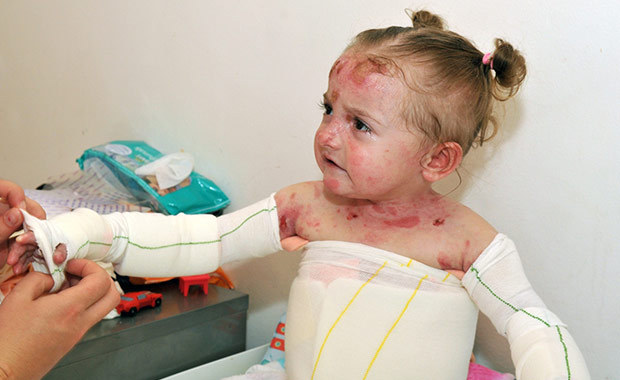
EB often has the most devastating impact on what should be the happiest time in someone’s life.
Whilst scientists work relentlessly to find a cure, for many patients and their families, today’s focus is on simply getting through each day. Pursuit of a cure is clearly important, but it needs to go hand-in-hand with the development of better treatments and continued care to help patients cope with the constant pain they are subjected to.
EB Support
- Website: www.sohanaresearchfund.org
- Telephone number: 02076070611
- Email address: [email protected]
The Sohana Research Fund exists to fund promising research projects and clinical trials that aim to lead to effective treatments and ultimately a cure for Recessive Dystrophic Epidermolysis Bullosa (“RDEB”) and other forms for EB. This is a genetic skin condition that leads to blistering and skin loss at the slightest friction. It is “Hard to say. Hell to live with” and children with the condition live in constant pain associated with the burn like wounds that occur. The intense pain and repeated damage leads to progressive disability and severe forms are life shortening due to a malignant skin cancer that develops in early adulthood. There is now real hope of treatments and even a cure for RDEB and the Sohana Research Fund aims to help translate positive findings rapidly to the clinic. SRF is primarily investing in cell and gene therapy research and have just funded a world first gene therapy trial in adults. Our current priorities include a gene therapy trial in children, gene editing projects and delivering interim treatments.
